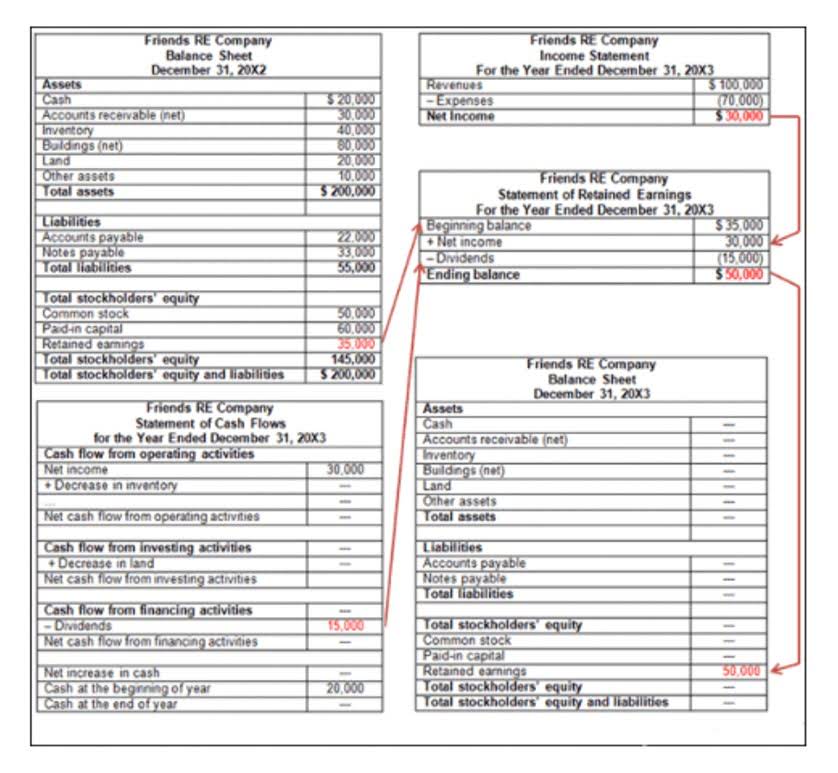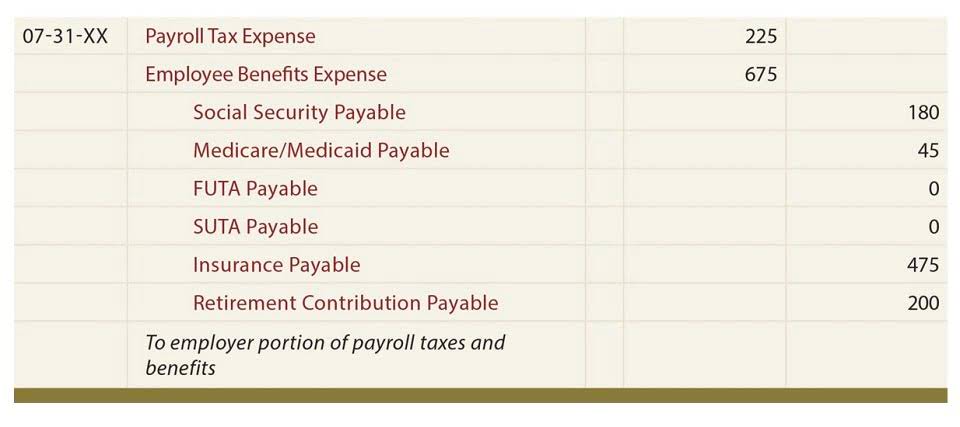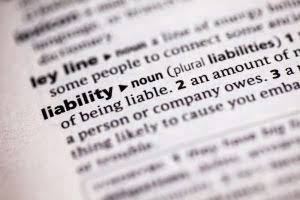
The easiest method to audit and understand is to have all the data in one table and then break out the calculations line by line. Financial modeling best practices require calculations to be transparent and easily auditable. The trouble with piling all of the calculations into a formula is that you can’t easily see what numbers go where or what numbers are user inputs or hard-coded. On the other hand, Jim could purchase the sand blaster and save $100 a week from without having to outsource his sand blasting. First, we’ll calculate the metric under the non-discounted approach using the two assumptions below.
- Investors may use payback in conjunction with return on investment (ROI) to determine whether or not to invest or enter a trade.
- The discounted payback period is the number of years it takes to pay back the initial investment after discounting cash flows.
- Generally, a long payback period is determined by your own comfort level – as long as you are paying off one investment, you’ll be less able to invest in newer, promising opportunities.
- However, if Cathy purchases a more efficient machine, she’ll be able to produce 10,000 scarfs each year.
Discounted Payback Period

Oftentimes, cash flow is conveyed as a net of the sum total of both positive and negative cash flows during a period, as is done for the calculator. The study of cash flow provides a general indication of solvency; generally, having adequate cash reserves is a positive sign of financial health for an individual or organization. The payback period can apply to personal investments such as solar panels or property maintenance, or investments in equipment or other assets that a company might consider acquiring.
- Thus, at $250 a week, the buffer will have generated enough income (cash savings) to pay for itself in 40 weeks.
- The payback period for this project is 3.375 years which is longer than the maximum desired payback period of the management (3 years).
- It is an important calculation used in capital budgeting to help evaluate capital investments.
- One of the disadvantages of this type of analysis is that although it shows the length of time it takes for a return on investment, it doesn’t show the specific profitability.
- This is another reason that a shorter payback period makes for a more attractive investment.
Payback Period: Definition, Formula, and Calculation

For the most thorough, balanced look into a project’s risk vs. reward, investors should combine a variety of these models. Next, the second column (Cumulative Cash Flows) tracks the net gain/(loss) to date by adding the current year’s cash flow amount to the net cash flow balance from the prior year. But since the payback period metric rarely comes out to be a precise, https://www.bookstime.com/ whole number, the more practical formula is as follows. A longer payback time, on the other hand, suggests that the invested capital is going to be tied up for a long period. In most cases, this is a pretty good payback period as experts say it can take as much as 7 to 10 years for residential homeowners in the United States to break even on their investment.
Investment Appraisal – How to Calculate ARR
- Understanding the way that companies calculate their payback period is also helpful to determine their financial viability and whether it makes sense for you to invest in them as part of your portfolio.
- WACC is the calculation of a firm’s cost of capital, where each category of capital, such as equity or bonds, is proportionately weighted.
- For example, if the building was purchased mid-year, the first year’s cash flow would be $36,000, while subsequent years would be $72,000.
- For the past 52 years, Harold Averkamp (CPA, MBA) hasworked as an accounting supervisor, manager, consultant, university instructor, and innovator in teaching accounting online.
- To calculate the cumulative cash flow balance, add the present value of cash flows to the previous year’s balance.
- It does not account for the time value of money, the effects of inflation, or the complexity of investments that may have unequal cash flow over time.
In this case, the payback period would be 4 years because 200,0000 divided by 50,000 is 4. You can get an idea of the best payback period by comparing all the investments you’re considering, and opt for the shortest one. Generally, a long payback period is determined by your own comfort level – as long as you are paying off one investment, you’ll be less able to invest in newer, promising opportunities. There are a variety of ways to calculate a return on investment (ROI) — net present value, internal rate of return, breakeven — but the simplest is payback period. The payback period is a fundamental capital budgeting tool in corporate finance, and perhaps the simplest method for evaluating the feasibility of undertaking a potential investment or project. The payback period is favored when a company is under liquidity constraints because it can show how long it should take to recover the money laid out for the project.

As the equation above shows, the payback period calculation is a simple one. It does not account for the time value of money, the effects of inflation, or the complexity of investments that may have unequal cash flow over time. Any particular project or investment can have a short or long payback period.
Input the known values (year, cash flows, and discount rate) in their respective cells. Use Excel’s present value formula to calculate the present value of cash flows. Longer payback periods are not only more risky than shorter ones, they are also more uncertain. The longer it takes for an investment to earn cash inflows, the more likely it is that the investment will not breakeven or make a profit.
How Do You Calculate a Payout Ratio Using Excel?
The quicker a company can recoup its initial investment, the less exposure the company has to a potential loss on the endeavor. The breakeven point is the price or value that an investment or project must rise to cover the initial costs or outlay. For example, if solar panels cost $5,000 to install and the savings are $100 each month, it would take 4.2 years to reach the payback period. Knowing the payback period is helpful if there’s a risk of a project ending in the future.

Step 3: Determine the Payback Period
It may be the deciding factor in whether you should go ahead with the purchase of that big-ticket asset, or hold off until your cash flow is better. Small businesses in particular can benefit from payback analysis simply by calculating the payback period of any investment they’re considering. By following these steps, you can determine the payback period based on the provided dataset and assumptions about the initial investment. Adjustments can be made based on specific financial context and requirements. Unlike net present value , profitability index and internal rate of return method, payback method does not take into account the time value of money.
Personal Loans
GoCardless helps businesses automate collection of both regular and one-off payments, while saving time and reducing costs. There are some clear advantages and disadvantages of payback period calculations. My simple payback period formula Accounting Course is a world-class educational resource developed by experts to simplify accounting, finance, & investment analysis topics, so students and professionals can learn and propel their careers.

